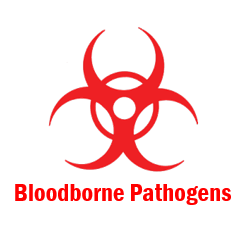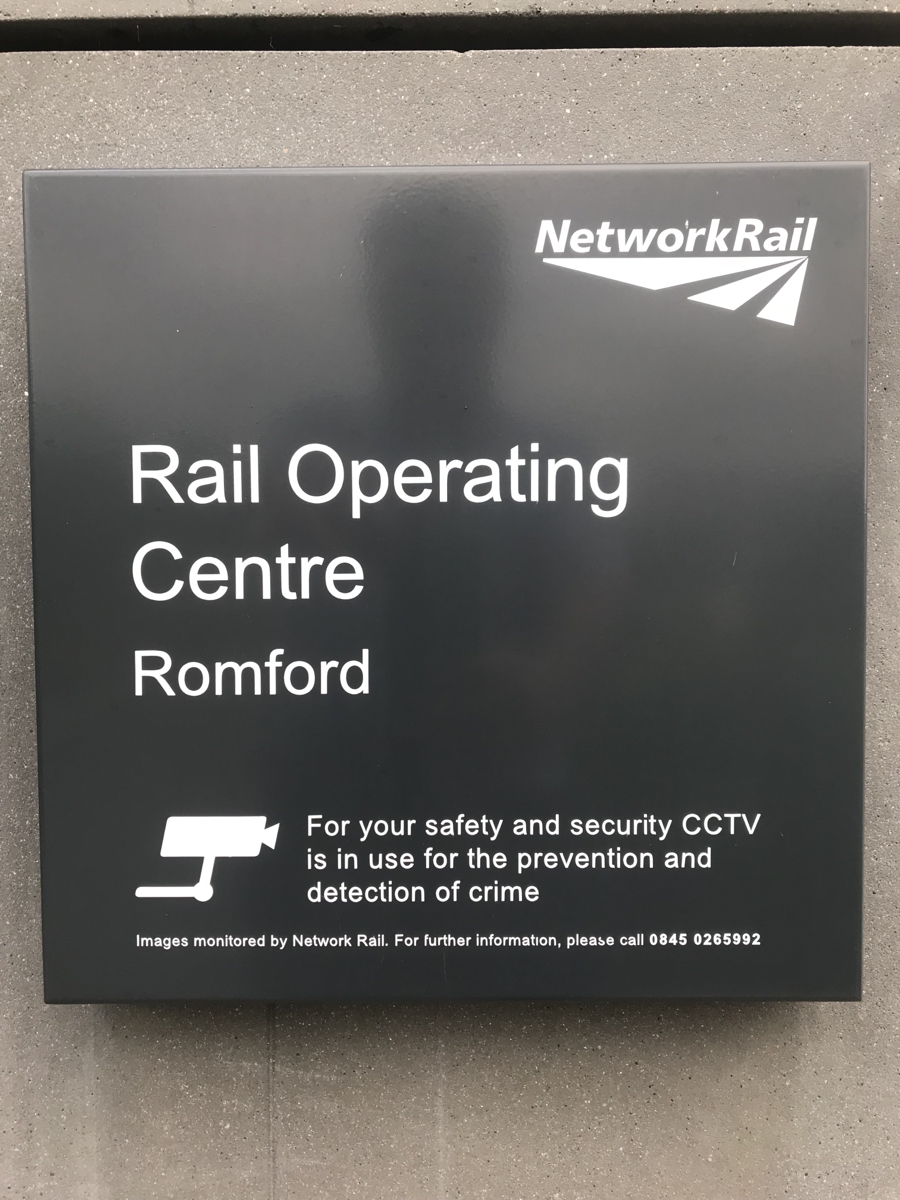Information
-
Client / Site
-
Conducted on
-
Prepared by
-
Asset / Plant Number
-
Machine Description
-
Location / Building
REGULATION 4 - Suitability of the Work Equipment
-
Is the equipment being used for its designed or adapted purpose?
-
Is the equipment suitable for its use in its environment, e.g. In a flammable atmosphere?
-
Is the installation standard important to achieve essential health and safety measures?
REGULATION 5 - Maintenance
-
Are the Health and Safety features maintained in an efficient condition?
-
Is the work equipment maintained in good working order?
-
Is the work equipment subject to regular maintenance, e.g. In accordance with the manufacturers instructions?
-
Is the work equipment or its safety devices subject to planned preventative maintenance?
-
Is the work equipment subject to statutory inspection/examination?
-
Are current statutory inspection / examination certificates available?
-
Do the maintenance arrangements ensure continued suitability of the equipment?
-
What control method is used to log the above maintenance?
REGULATION 6 - Inspection
-
Have competent people been identified to do inspections?
-
Have the installed inspection conditions being completed and recorded?
-
Are the installation conditions inspected at suitable intervals?
REGULATION 7 - Specific Risks
-
Is a risk assessment required under any other regulations? I.e. Control of Noise at Work Regulations 2005, Display Screen Equipment Regulations 1992 (as amended 2002), Control of Substances Hazardous to Health (COSHH) 2002 (Machine Coolant), Manual Handling Operations Regulations 1992 (as amended), Management of Health and Safety Regulations 1999, Control of Artificial Optical Radiation at Work (AOR) Regulations 2010 (Lasers, UV, Welding) & Dangerous Substances and Explosive Atmospheres Regulations (DSEAR) 2002.
-
Are current records for these assessments available?
REGULATION 8 - Information & Instructions
-
Have operators and supervision adequate health and safety information for the equipment available to them e.g manufacturers operation instructions?
-
Is the information readily accessible and available to the user/operator?
-
Are written procedures required for the safe operation and maintenance of the work equipment?
-
If procedures are required are they available?
-
Are Manuals / Instruction Sheets available?
-
Are Maintenance Instructions available?
-
Are Equipment Drawings available?
-
Are Warning Labels available?
-
Are Training Manuals available?
REGULATION 9 - Training (Operation & Maintenance)
-
Are those who operate, inspect and maintain work equipment competent?
-
Have all persons who operate, inspect and maintain work equipment received appropriate training?
-
Has the training been recorded?
REGULATION 10 - Conformity with EC Regulations
-
Does the work equipment comply with relevant EC product directive or harmonised standard e.g. Is it CE marked?
-
Does the client have a copy of the relevant declaration of conformity? I.e. conformity certificate
REGULATION 11 - Dangerous Parts of Machinery
-
Is access to dangerous parts prevented?
-
Is the danger eliminated prior to access under normal operating conditions?
-
Are the guards, safety devices or systems of work suitable and not easily by-passed or disabled?
-
Are the guards, safety devices or systems of work adequately maintained and inspected?
-
Is there an "over-ride" facility that suspends normal safeguards?
-
Are there permissible uses of the "over-ride" facility understood and documented in a safe system?
-
Is the "over-ride" facility understood and documented in a safe system?
REGULATION 12 - Protection against Specified Hazards
-
Are the hazards from ejection of material from the equipment adequately controlled?
-
Are the hazards from rupture or disintegration of parts adequately controlled?
-
Are the hazards of fire or overheating adequately controlled?
-
Are the hazards from unintended discharge of particles, gases, hydraulic fluids, compressed air, etc. adequately controlled?
-
Are the hazards from unintended explosion etc. adequately controlled? I.e. EX Rated equipment for use in Explosive Atmospheres.
REGULATION 13 - High and Low Temperatures
-
Are areas of foreseeable access at temperature likely to cause burns or similar injury?
-
Are contact surfaces suitably insulated or provided with hazard warning?
REGULATION 14 - Start Controls & Controls for making a significant change in operating conditions
-
Are there sufficient easily identified and maintained controls for starting or restarting?
-
Are the controls readily accessible and protected against inadvertent operation?
-
Do all manual controls require a deliberate action to operate?
-
Are controls provided for changing operating conditions e.g. Speed, pressure, direction etc?
-
Does start up or restart require deliberate operation of the start control, e.g. After resetting a safety device?
REGULATION 15 - Stop Controls
-
Is the equipment provided with a readily accessible stop control?
-
Does the stop control mechanism bring the work equipment safely to a safe condition?
-
Are braking systems required for the work equipment?
-
Does the stop control mechanism operate in priority to controls which start or change operating conditions?
-
Is it necessary for all sources of energy to be switched off after stopping the equipment?
-
Is it necessary for stored energy to be isolated or dissipated?
REGULATION 16 - Emergency Stop
-
Are sufficient readily accessible emergency stops provided in circumstances where existing safeguards do not prevent risk of injury?
-
Does the emergency stop operate in priority to all other controls, e.g. Start and Stop controls?
-
Does the emergency stop bring the equipment safely to a safe condition?
REGULATION 17 - Controls
-
Are all the controls clearly visible, identifiable and appropriately marked?
-
Are controls readily accessible, in a safe position and operators free from danger when using them?
-
So far as is reasonably practicable can the operator of any control ensure, that from the position of control, no person is in a place where there is a risk to their health and safety?
-
If no, are there systems in place to ensure their health and safety?
-
If no, are there suitable audible or visible warning devices which are activated before the equipment starts?
REGULATION 18 - Control Systems
-
Does the control system as configured create any increased risk to health and safety?
-
Does a failure of any part of the control system or its power supply lead to a "Fail-Safe" condition which will not impede the "Stop" or "Emergency Stop" controls?
REGULATION 19 - Isolation from sources of Energy
-
Are there suitable means to physically isolate equipment from all sources of energy? (electricity, gas, compressed air, hydraulic / stored energy)
-
Are the means of isolation clearly identifiable and accessible?
-
Are the means of isolation capable of being physically locked out?
-
Is a safe method of reconnection clearly provided which does not expose any person to a risk of injury?
-
Is a safe system of work in place? I.e. LOTO Lock Out Tag Out procedure.
REGULATION 20 - Stability
-
Has the equipment been fixed and/or stabilised to prevent the risk of injury?
REGULATION 21 - Lighting
-
Is the area encompassing the work equipment suitably and sufficiently lit for all functions?
REGULATION 22 - Maintenance Operations
-
Has the equipment been designed or modified to enable maintenance to be carried out safely?
-
Are safe systems of work in place to allow the maintenance to be undertaken safely?
-
Have risk assessments been completed for maintenance operations?
REGULATION 23 - Markings
-
Are all necessary health and safety markings to current standards and clearly visible? (Start, Stop, E-Stop controls etc)
REGULATION 24 - Warnings
-
Are any warnings or warning devices required? e.g. Visual, audible etc?
-
Are the warnings or warning devices provided both suitable (e.g. Audible, clearly visible, unambiguous, easily understood) and maintained?
REGULATION 26 - Rolling Over of Mobile Work Equipment Except standard Fork Lift Trucks
-
Is there a risk to a person riding on this plant from its rolling over?
-
If Yes, is it minimised by a structure which ensures that it does no more than fall on its side or has sufficient clearance to anyone being carried if it overturns further than that?
-
If Yes, where there is a risk of anyone being carried being crushed by its rolling over , has it a suitable restraining system for them?
REGULATION 27 - Overturning of Fork Lift Trucks
-
Is the fork lift truck adapted or equipped to reduce the risk to the drivers safety from its overturning?
-
If the fork lift truck is designed to carry more than one person, is it adapted or equipped to reduce the risk to their safety from its overturning?
REGULATION 28 - Self-propelled work equipment
-
Is there a facility for preventing it from being started by an unauthorised person? I.e. key ignition switch, key coded pad?
-
If rail mounted work equipment, has it appropriate facilities for minimising the consequences of a collision where there is more than one item?
-
Is there a brake or stopping device?
-
If required is there an emergency stop or automatic system for braking and stopping the work equipment in the event of a failure of the main system?
-
Where the drivers direct field of vision is inadequate to ensure safety, are there adequate devices for improving their vision? e.g. mirrors, CCTV Reversing camera.
-
If provided for use at night or in dark places is it equipped with appropriate lighting and otherwise safe for such use?
-
If the self-propelled work equipment, or anything carried or towed by it, constitutes a fire hazard does it carry appropriate fire-fighting equipment?
REGULATION 29 - Remote-controlled self-propelled work equipment
-
Does it stop automatically once it leaves its control range?
-
Where there is a risk of crushing or impacting people or equipment, does the work equipment incorporate features to guard against such risks? e.g. Proximity sensors.
REGULATION 30 - Drive Shafts
-
Is any drive shaft or Powered Take Off (P.T.O) between mobile work equipment and its accessories (or anything towed) safeguarded against seizure, damage or entanglement hazards?
REGULATION 32 - Examination of Power Presses, guards and protection devices
-
Has the power press been thoroughly examined to ensure that it has been installed correctly and is safe to operate?
-
Have the guards or protection devices been thoroughly examined to ensure that they are effective and suitable for purpose?
-
Is the power press examined at least every 12 months where it has fixed guards only or every 6 months in other cases, e.g. Light guards
REGULATION 33 - Inspection of guards and protection devices
-
Is the power press inspected by a competent person within the first 4 hours of use on each shift, or following each tool change?
-
Are the inspections recorded on a checklist for each power press?
REGULATION 34 - Reports
-
Are comprehensive examination and inspection records available?
-
Have all examination / inspection recommendations or defect reports being actioned?
REGULATION 35 - Keeping Information
-
Improvement Priority 1:
-
Proposed Completion Date
-
Completed
-
Date Completed
-
Signature of person closing Improvement Priority 1
-
Improvement Priority 2:
-
Proposed Completion Date
-
Completed
-
Date Completed
-
Signature of person closing Improvement Priority 2
-
Improvement Priority 3:
-
Proposed Completion Date
-
Completed
-
Date Completed
-
Signature of person closing Improvement Priority 3:
-
Improvement Priority 4:
-
Proposed Completion Date
-
Completed
-
Date Completed
-
Signature of person closing Improvement Priority 4:
-
Improvement Priority 5:
-
Proposed Completion Date
-
Completed
-
Date Completed
-
Signature of person closing Improvement Priority 5:











